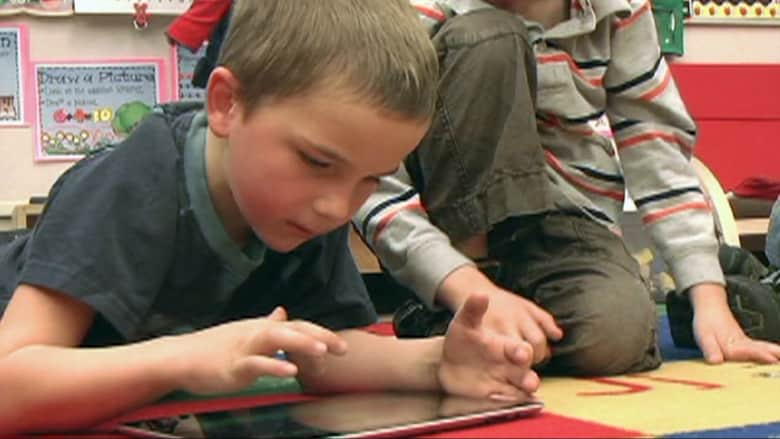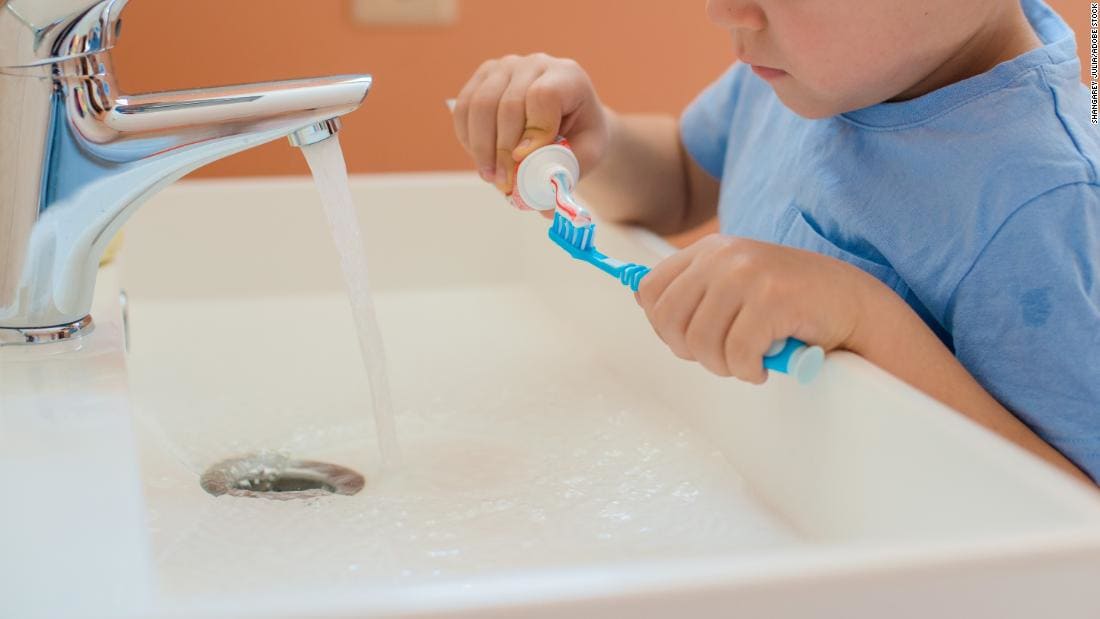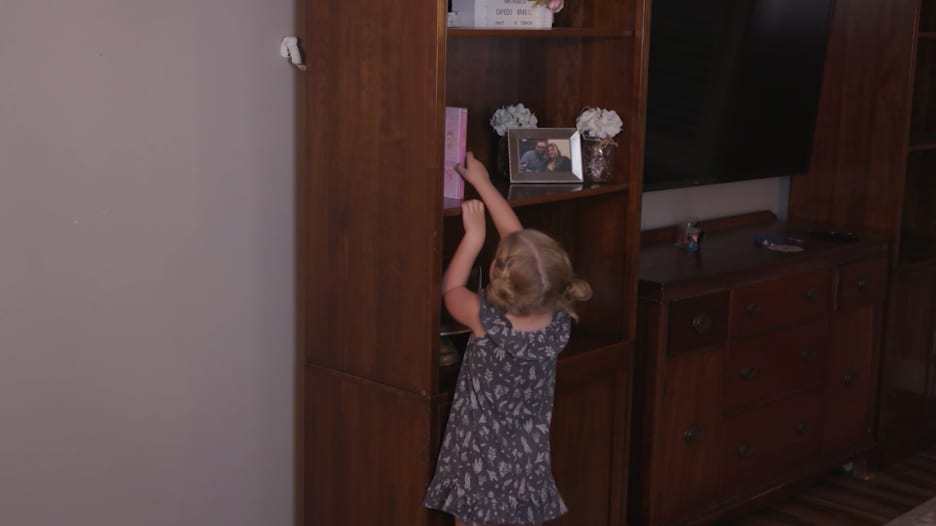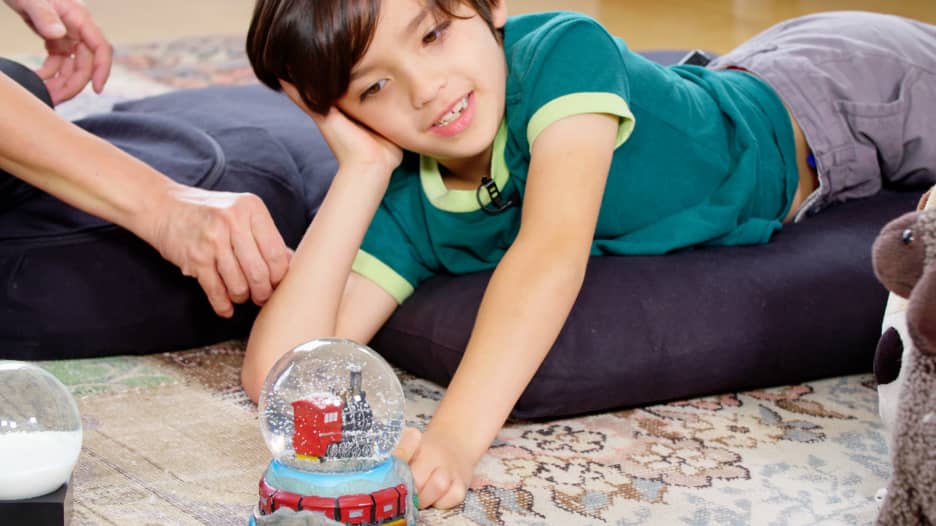دبي، الإمارات العربية المتحدة (CNN) -- عندما يتعلق الأمر بمدح طفلك على أفعاله، هناك خيط رفيع يسلكه الآباء والأمهات بين المساعدة في تنمية أطفالهم أو إلحاق الضرر.
وقالت جوليا ليونارد، الأستاذة المساعدة في علم النفس في جامعة ييل: "لتعزيز عقلية النمو، يجب استخدام المزيد من المديح القائم على العمل، مثل قول عبارة "محاولة رائعة! يمكنني ملاحظة مقدار الجهد الذي تبذله في ذلك"، مقابل المديح القائم على الشخص مثل "هذا رائع، يا لك من فنان".
وقد ثبت أن المديح القائم على الشخص يأتي بنتائج عكسية، إذ يمكن أن يرسل رسالة خاطئة إلى الطفل، الذي قد يظن أن لديه نوعًا من مجموعة القدرات الكامنة، وبالتالي يشعر بأنه لا يريد أن يفسد الأمر.
ولكن المديح يعتبر دائما أفضل عند مقارنته بالتعليمات المملة، على الأقل عندما يتعلق الأمر بمهام مثل تنظيف الأسنان، وفقًا لدراسة جديدة أجرتها ليونارد وفريقها.
وليس هناك ما يضير إذا وجّهت لطفلك عبارة "أحسنت عملًا!" عندما ينجح في تنظيف أسنانه بالفرشاة على سبيل المثال، وفقًا للدراسة التي نشرت يوم الثلاثاء في مجلة تنمية الطفل.
وقالت ليونارد: "تشير دراستنا إلى أن المديح قد يكون سمة إيجابية حقًا للأبوة والأمومة يمكن أن تساعد الأطفال على بناء عادات صحية"، مضيفًة أن الدراسة أظهرت نهجًا جديدًا لدراسة النمو الصحي للطفل.
وأضافت: "بدلاً من التركيز على العوامل التي تجعل مجموعة من الأطفال مختلفة عن مجموعة أخرى، تساءلت دراستنا عن العوامل التي تجعل الأطفال الفرديين أشبه بنسخة أفضل من أنفسهم".
وتابعت الدراسة أن 81 طفلاً في الثالثة من العمر بدأوا للتو تعلّم تنظيف أسنانهم.
وطُلب من الآباء توثيق مساعي أطفالهم في تنظيف أسنانهم بالفرشاة لمدة 16 ليلة.
وسمح ذلك للباحثين بتسجيل إشادة الوالدين لأطفالهم، بعبارات مثل "أحسنت! عمل جيد!" بالإضافة إلى المساعي التعليمية، بعبارات مثل "نظف خلف أسنانك" و"لا تتوقف عن التفريش بعد".
وأشار باحثون إلى أن بعض الآباء أطلقوا العنان لإبداعهم خلال هذه العملية، بالغناء أو تمثيل شخصيات لتشجيع جهود أطفالهم.
وبعد تحميل مقاطع الفيديو، طُلب من الآباء تسجيل الحالة المزاجية لأطفالهم (من سيء للغاية إلى جيد للغاية) ومستويات التوتر لديهم أثناء محاولة تنظيف أسنانهم.
وكشفت نتائج الدراسة أن نجاح تنظيف أسنان الطفل كان مرتبطًا بشكل مباشر بمستوى المديح في حديث الوالدين. ووجدت الدراسة أن الأطفال ينظفون أسنانهم لفترة أطول في الأيام التي يستخدم فيها آباؤهم مزيدًا من المديح وتعليمات أقل.
وقالت مؤلفة الدراسة أليسون ماكي، الأستاذة المساعدة في علم النفس بجامعة بنسلفانيا، في بيان: "عملنا هو أول ما يُظهر أن التقلبات في مدح الوالدين تتعلق بالتقلبات في مثابرة الطفل".
وأكدت ليونارد أنه، مع ذلك، الدراسة لا يمكن أن تظهر السبب والنتيجة المباشرة، فقط ارتباط العلاقة.
وقالت: "لا نعلم ما إذا كان المديح يتسبب في جعل الأطفال ينظفون أسنانهم لفترة أطول. نحن نعلم فقط أنه مرتبط بمزيد من التنظيف بالفرشاة".
وقال المؤلفون إن هناك حاجة إلى مزيد من البحث لمعرفة ما إذا كان يمكن تطبيق نتائج الدراسة على مهام أخرى تتطلب مثابرة الطفل.
في هذه الأثناء، يتم تشجيع الآباء على مدح الأطفال الصغار في المنزل الذين يحتاجون إلى تعلم تنظيف أسنانهم بالفرشاة.




